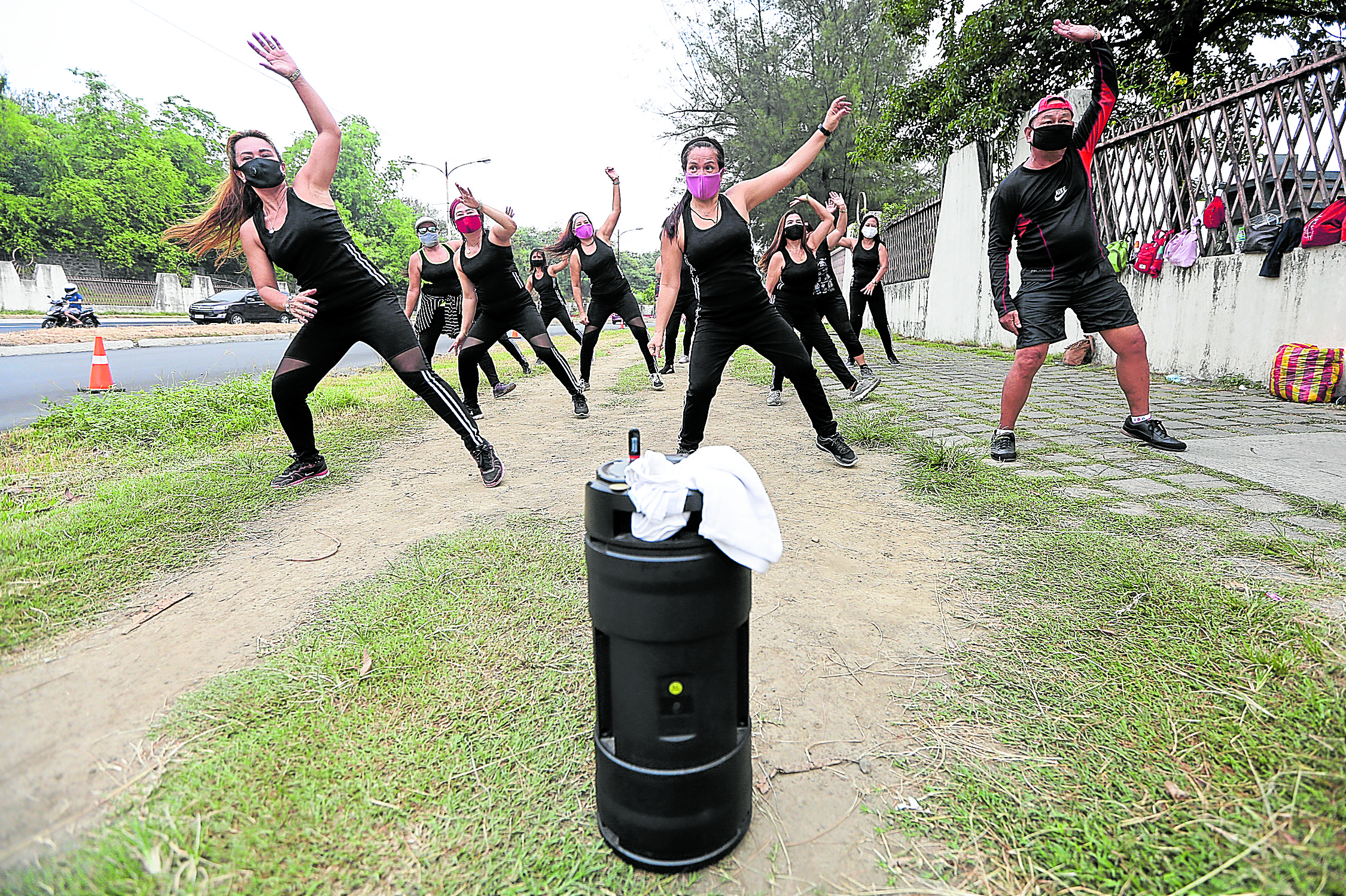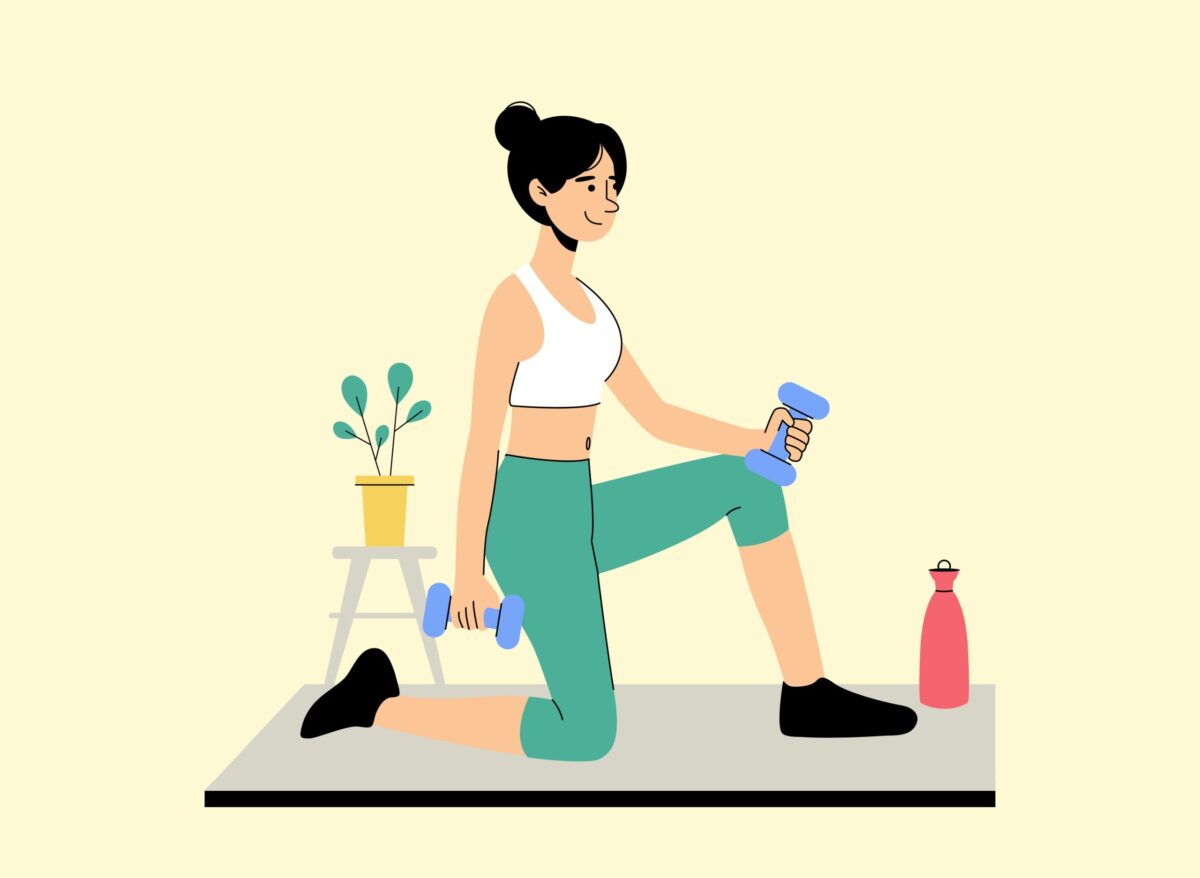
Seasoned runners have long used interval training, alternating between sprints and jogs, to boost their endurance. However, high-intensity interval training (HIIT) didn’t go mainstream until about a decade ago, when research started to prove that intervals could deliver the biggest health benefits in lesser time. Over the past years, HIIT became an increasingly popular workout for people who want to advance their workout.
HIIT routines are comprised of alternating short bursts (about 30 seconds) of intense activity with longer intervals (about one to two minutes) of milder activity. What differentiates HIIT from the steady-state and continuous type of training, like jogging or walking, are the periods of heart-pounding intensity. According to experts, HIIT makes the heart more vigorous, as intervals can boost cardio-respiratory health with a smaller time investment compared to other forms of exercise.
Aside from heart health, HIIT also helps burn more calories. Research has repeatedly shown that people can burn comparable amounts of calories in HIIT sessions lasting around 20 minutes, compared to longer and continuous 50-minute exercise routines. As a bonus, there’s also that after-burn effect known as excess postexercise oxygen consumption, where the body increases its metabolism and burns more calories for up to 24 hours after interval training.
Other HIIT benefits include: improved insulin sensitivity, recharging of the cells, increased lactate threshold and boosting of hormones. In addition, HIIT training is relatively quick and convenient. This form of exercise can be done anywhere and in short periods with little to no equipment.
Intensity and interval
One of the essential points of HIIT is to advance the intensity of your cardio. Further studies have revealed that high-intensity training—the kind that leaves you out of breath—raises your metabolic rate to the point where you continue to burn calories even after the session ends. So, to qualify as true HIIT and reap its many benefits, you’ll need to push yourself to a significantly high intensity during every set.
HIIT needs a deeper understanding of the people who want to try it. Doing HIIT without professional coaches and trainers could lead to injuries. Since HIIT is linked to being a more extreme version of cardio, most people who do HIIT on their own tend to push themselves to their absolute limit. This can be dangerous, especially for beginners who have not yet gotten a sense of what their limits are and would continue to push themselves, thinking it’s the proper way to do HIIT.
Most beginners would forget to take breaks and keep going. However, taking breaks is a defining element of HIIT. The level of intensity takes a little getting used to. The most ideal interval one should take during a HIIT session should be at a near-maximum to prep and enable the body to truly perform at its max during the high-intensity spurts.
Intensity and interval are key in performing HIIT exercises. For instance, a starter routine is running as fast as you can for one minute and then walking for two minutes. Repeat that three-minute interval five times for 15 minutes and you’ve got yourself a fat-burning workout. While that sounds too simple to be effective, experts suggest that this workout, when done correctly, is truly beneficial.
More for less
If the body is rushed into a strenuous workout, it can result in injuries in the muscles, tendons and bones. Hence, most beginner HIIT programs don’t require high-impact exercises that would require jumping and other movements that would need proper timing, form and heavy weights for beginners. A more advanced HIIT program can include those, especially for athletes and professionals in the industry. The key to starting HIIT properly is having a professional guide you and help you learn more about what your body can do. A good approach is trying HIIT three times per week with another two days of moderate cardio, depending on your status.
When done right, HIIT can deliver a lot of what you want from traditional cardio—elevate the heart rate, push your body to sweat and improve lung capacity at a fraction of your usual workout time, making it efficient for those who have a busy schedule.
With a plethora of fitness trends at our fingertips, it can be confusing to identify the right program for you. So, whether it’s an easy home workout or a quick visit to the neighborhood gym, HIIT is a promising way to improve your overall health and achieve your fitness goals. —CONTRIBUTED INQ













































